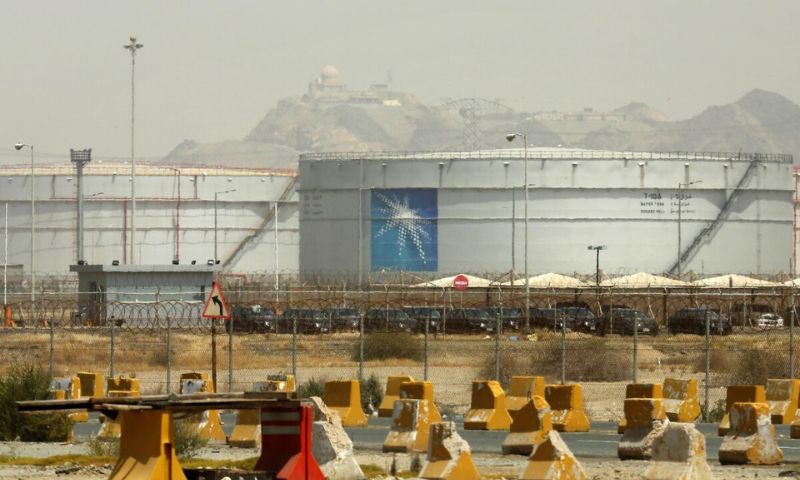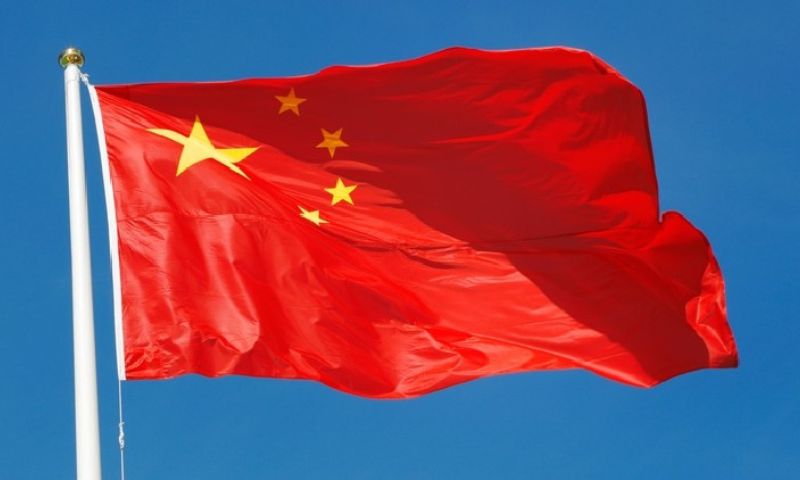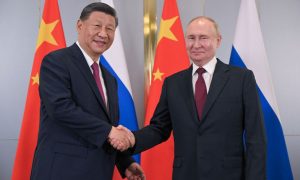Saudi Arabia Oil Giant and Its Trade
Saudi Arabia is the world’s largest exporter of oil and a major player in the global oil market. The kingdom produces more than 10 million barrels of crude oil per day, and exports to a wide range of countries across the globe. In this response, we will discuss some of the key destinations for Saudi Arabian oil exports and the factors that influence its sales.
One of the largest buyers of Saudi Arabian oil is China, which has been importing increasing amounts of crude oil from the kingdom over the past few years. In 2020, China purchased over 2 million barrels per day from Saudi Arabia, accounting for around 15% of the country’s total oil exports. Other major buyers of Saudi oil include Japan, South Korea, India, and the United States.
The United States has historically been one of the largest importers of Saudi oil, but in recent years, it has significantly reduced its dependence on foreign oil due to increased domestic production. In 2020, the US imported around 380,000 barrels of oil per day from Saudi Arabia, down from over 1 million barrels per day in 2014. However, the US remains an important market for Saudi oil exports, and the two countries continue to maintain a close relationship in the oil sector.

The destination of Saudi oil exports can vary depending on a number of factors, including global demand, geopolitical tensions, and pricing differentials. For example, when oil prices are high, Saudi Arabia may choose to sell more oil to countries that are willing to pay a premium for it, such as Japan or South Korea. Alternatively, if there is a glut of oil on the market, the kingdom may prioritize selling to countries that offer more favorable terms or are more strategically important, such as China.
In recent years, Saudi Arabia has also been diversifying its oil exports, seeking out new markets in Asia and Africa. For example, the kingdom has been building closer ties with countries such as India and Pakistan, which have growing demand for oil and represent important future markets. In addition, Saudi Arabia has been investing heavily in refining and petrochemicals infrastructure, allowing it to sell more refined products such as gasoline and diesel fuel to these and other countries.
Overall, Saudi Arabia remains a major player in the global oil market, and its oil exports are sold to a wide range of countries across the globe. While the kingdom has historically relied on a small number of key buyers, it is increasingly looking to diversify its exports and build relationships with new markets in Asia and Africa. Factors such as global demand, pricing differentials, and geopolitical tensions can all influence the destination of Saudi oil exports, but the kingdom’s dominance in the oil sector ensures that it will remain a major player for the foreseeable future.
Chinese Influence in The Region
China has been rapidly increasing its influence in Asia over the past few decades, driven largely by its booming economy and growing political clout. One way in which China has expanded its influence is through its strategic oil deals with other Asian nations. These deals have given China access to vital resources while also boosting its political influence in the region.
China’s oil deals with other Asian countries have primarily been focused on securing oil supplies for its rapidly growing economy. China is the world’s largest oil importer, and it relies heavily on imported oil to fuel its economic growth. As a result, China has been investing heavily in oil exploration and production in other countries, including those in Asia.
One of China’s key oil deals in Asia is with Russia. In 2014, the two countries signed a $400 billion gas deal, which gave China access to Russia’s vast natural gas reserves. The deal was seen as a major win for China, as it gave the country a reliable source of natural gas that was not dependent on oil prices or political tensions with other oil-producing nations.

China has also made significant oil deals with other Asian countries, including Iran, Iraq, and Saudi Arabia. These deals have given China access to vital oil supplies, while also strengthening its political ties with these countries.
One of China’s most important oil deals in Asia is with Iran. In 2016, China signed a $600 billion trade deal with Iran, which included provisions for increased oil exports from Iran to China. This deal was seen as a significant win for Iran, as it allowed the country to bypass U.S. sanctions and continue exporting oil to one of its largest customers.
In addition to its oil deals with other countries, China has also been investing heavily in oil exploration and production in its own territories. China has some of the world’s largest oil reserves, and the country has been working to increase its oil production in order to reduce its reliance on imports.
Overall, China’s strategic oil deals in Asia have been a key factor in the country’s growing influence in the region. These deals have given China access to vital resources while also boosting its political clout in countries across the continent. As China continues to expand its economy and assert its power on the global stage, its oil deals in Asia are likely to remain an important part of its strategy.
Russian Entry as Oil Supplier in The Region
Russia is a major global supplier of oil and has significant influence on the oil market in the region. The country has a vast oil reserve and produces millions of barrels of crude oil every day. Russia’s oil sales in the region have a significant impact on the global oil market and the economies of the region.
One of the key factors that make Russia a major player in the region’s oil market is its proximity to the major oil markets in Asia and Europe. This proximity allows Russia to sell its oil to these markets at a lower transportation cost compared to other oil-producing countries. Russia also has a well-established infrastructure for transporting oil, including pipelines that connect its oil fields to its ports and major oil markets in the region.

Russia’s oil sales in the region have been dominated by state-owned oil companies, such as Rosneft and Gazprom. These companies have established long-term contracts with major buyers in the region, including China, India, and Japan. Russia has also established a partnership with OPEC to regulate oil production and stabilize oil prices in the region.
In recent years, Russia has faced challenges in maintaining its market share in the region’s oil market. The rise of shale oil production in the United States has led to increased competition in the global oil market. Additionally, the COVID-19 pandemic has caused a significant drop in oil demand, leading to a decline in oil prices.
Despite these challenges, Russia remains a significant player in the region’s oil market. The country continues to explore new oil fields and invest in new technology to increase its oil production. Russia’s oil sales in the region are likely to remain an important factor in the global oil market for the foreseeable future.
Who Will Lead Asia in Near Future
It is difficult to predict who will lead Asia in the future, as there are many factors that can affect the region’s political, economic, and social landscape. However, we can look at some of the current trends and developments to make some educated guesses.
One of the key factors that will shape the future of Asia is the ongoing competition between China and the United States for global influence. China has been expanding its economic and military power in recent years, while the United States has been pushing back with policies like the “Indo-Pacific Strategy” aimed at countering China’s rise. The outcome of this competition will have significant implications for the region as a whole.

Another important factor is the growing influence of India, which is projected to become the world’s most populous country by 2027. India has been investing heavily in its infrastructure and education systems, and its tech industry is also thriving. Some analysts believe that India could become a major player in the region if it continues on this path.
Other countries in the region, such as Japan, South Korea, and Singapore, also have significant economic and technological capabilities, and could potentially play a leading role in Asia in the future. Japan, for example, is already a major player in the global economy and has a highly developed technology sector. South Korea is also a leader in technology and has a strong focus on innovation. Singapore, meanwhile, has built a reputation as a hub for finance and business.
Ultimately, the future of Asia will depend on a wide range of factors, including geopolitical developments, economic trends, and social and cultural changes. It is difficult to predict with certainty who will lead the region in the coming years, but it is likely that a combination of factors will shape the outcome.























